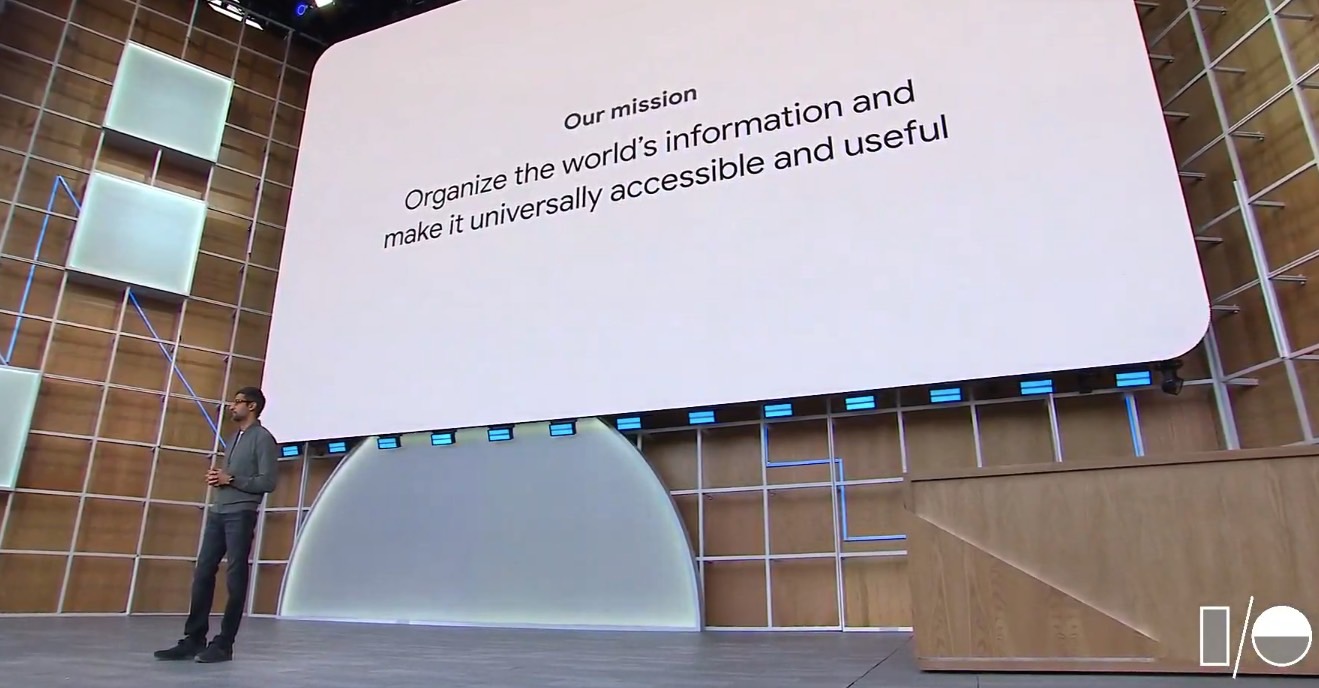Android has been the dominant mobile platform out there for years, but Google is still struggling to take advantage of it to the fullest due to the way it’s designed. While the company has publicly been touting the platform’s open source design as a key benefit, Google has quietly been trying to fix Android’s big problem with fragmentation. Android 10 is better in every way and more secure than previous versions of the operating system, but that’s only if your device can even be upgraded to Android 10. Smartphone and tablet makers haven’t been as interested in delivering fast updates to their devices, nor have carriers, who still play a role in deploying these updates. There’s no doubt that Android 10 is rolling out faster and to more devices than previous Android versions, but that doesn’t change the fact that Android has to go away. And on Tuesday, Google basically confirmed that Android is doomed.
In an unexpected move meant to distract attention from its revenue miss for the recent quarter, Google revealed a few details that you wouldn’t expect to see. For example, it told us that YouTube is a massive business that generated $15 billion in revenue last year. Google also said that it paid $80 billion to Android developers so far, which sounds like a lot unless you also know that Apple, whose mobile OS market share pales in comparison to Google’s, has paid $155 billion to iOS developers. These are lifetime payments for both ecosystems.
App sales have favored the iPhone for years, as Google’s Android-Market-turned-Google-Play-Store struggled to catch on. The iPhone was the first device to get exclusive apps and games in the early days, and the App Store had much better stats. Google eventually caught up, and iOS exclusives are a much rarer breed, although they still exist.
Yet Google, with a commanding share of the market at 87%, can’t sell more paid apps to Android users than Apple. The difference is much bigger than we would have ever expected, and it’ll serve as extra motivation to anyone developing any sort of app to focus first on the iPhone, which can generate more revenue per user than Android ever will.

Android’s purpose isn’t to sell apps, of course. It’s to drive advertising dollars to Google’s coffers. But Huawei’s recent predicament with the US government proves that apps are all that matter on a phone. The Huawei P40 Pro that will launch in May will ship with the same Android 10 OS you’ll get on the Galaxy S20 and Pixel 5 this year, but it’ll lack support for Google apps, and most importantly, the Play Store. That makes it a total non-starter in Western markets.
Compared to Android’s fragmentation, Apple’s iOS 13 runs on 80% of the over 1.5 billion of iPhones and iPads in use out there. That’s a detail that should win over any developer. Meanwhile, Google stopped reporting stats about its Android distribution a long while ago, probably because they were so embarrassing.
Google is already developing the operating system that will seemingly be the final nail in Android’s coffin. We’ve talked about it for a few years now, and Google has acknowledged its existence. Fuchsia is supposed to work on a variety of devices regardless of screen size, it’s supposed to support fast updates that arrive on time and don’t require a middle-man, and it’s supposed to be more secure and private.
Fuchsia, or whatever Google ends up calling it at launch, could be Google’s iOS. It would ensure that more Google customers get the latest version of the OS across all their devices, complete with new features. That could also incentivize users to download more apps, and developers to come up with new innovations. An up-to-date variation of Android — because that’s what it might feel like to most people — might even encourage customers to spend more money on apps. If budget phones and flagship phones alike have fast access to updates, they can all use apps that take advantage of the latest and greatest features of the OS. It might also draw more people away from iOS, and those new users would spend more money on apps. They would also generate more money for Google from ads, possibly helping Google to reduce the enormous tribute it pays to Apple each year.
Until that happens, Google has no chance of really catching up to the iPhone in terms of app quality and overall user experience, as developers will always have a clear picture of where the money is.








